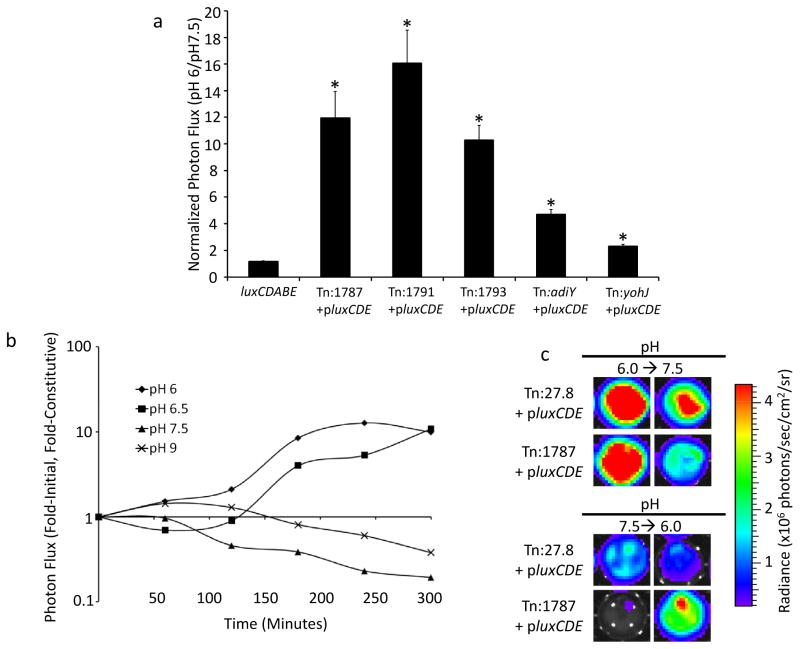Figure 3. Acidic pH specifically and reversibly stimulates the Tn:1787 trapped promoter.
(a) Bacteria were cultured in media of different pH values and reporter activation by Salmonella library clones in low pH media (pH 6) were compared to reporter activation in normal pH (7.5). Genes identified in the tumor cell co-culture screen were activated in the context of acidic pH compared to pH 7.5. pMAAC001 and luxCDABE constitutively express plasmid-encoded and chromosomally-encoded luxCDABE, respectively. Data were normalized as the ratio of the signal in media pH 6.0 to signal in media pH 7.5. Error bars correspond to standard error. The data show one representative experiment with 4 replicates per condition tested. All p-value calculations are between luxCDABE and the group indicated by the asterisk, *p ≤ 2×10−14. (b) Mice bearing B16F10 flank tumor xenografts were injected intratumorally with tumor-activated (Tn:1787+pluxCDE) or constitutively bioluminescent (Tn:27.8+pluxCDE) Salmonella. The excised tumors were imaged hourly and data are presented as the normalized signal at each time point. The normalized signal represents the ratio of the mean of the fold-initial signal of two Tn:1787+pluxCDE-colonized tumors to the mean of the fold-initial signal of two constitutive Tn:27.8+pluxCDE-colonized tumors. The data presented are from a representative experiment; the experiment was performed independently two times, each with two mice per bacterial treatment group. (c) Representative ex vivo tumor imaging shows reversibility of the bioluminescent signal in the tumor-activated Salmonella. Images on the left show Salmonella-infected tumor explants after 6 hours of incubation at the indicated pH (pH 6.0, top; pH 7.5, bottom). Two hours later (8 hours total), media was removed and replaced with media of the indicated pH (pH 7.5, top; pH 6.0, bottom). Images on the right show Salmonella-infected tumor explants 4 hours after the pH of the media was changed.

